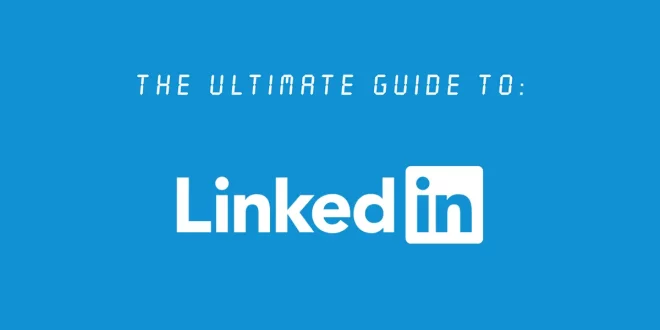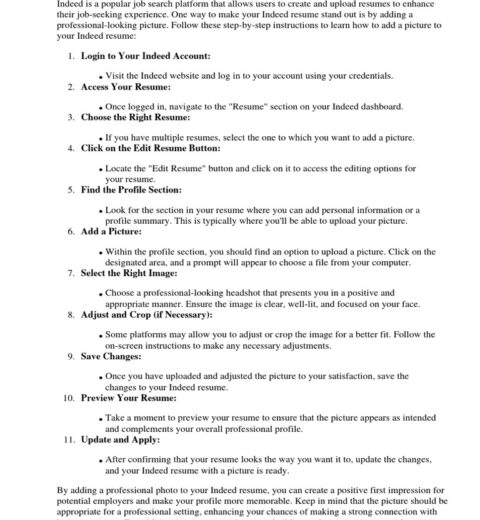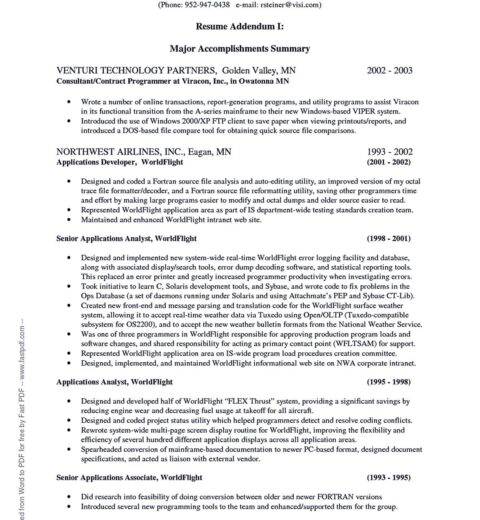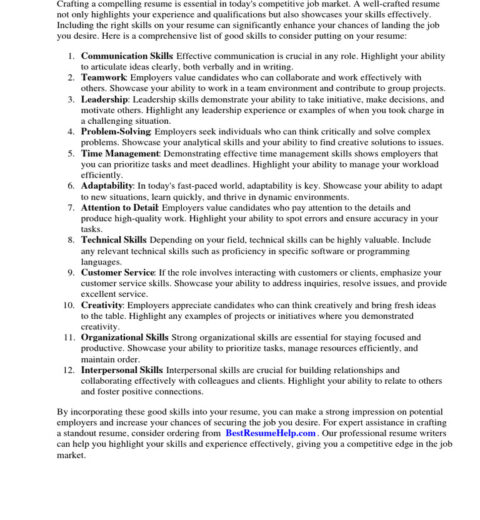In the contemporary job market, where networking and online presence play pivotal roles, LinkedIn has emerged as a cornerstone for job seekers. Posting your resume on LinkedIn is not merely an exercise in visibility; it is a strategic maneuver designed to attract potential employers and expand your professional network. This guide elucidates the necessary steps and considerations for effectively showcasing your resume on LinkedIn, thereby heightening your chances of getting noticed.
First and foremost, it is crucial to understand the significance of a compelling LinkedIn profile. Your profile acts as a digital representation of your professional persona. Begin by ensuring that your profile is complete, including a high-quality profile picture and a succinct but impactful headline. Your summary section should encapsulate your career aspirations, key skills, and notable achievements. Employing relevant keywords throughout your profile facilitates better visibility in searches conducted by recruiters and hiring managers.
After establishing a robust profile foundation, the next step involves the actual process of posting your resume. There are multiple ways to do this effectively. The most straightforward method is to upload your resume directly to your LinkedIn profile. Navigate to your profile, click on the ‘Add profile section’ button, and select ‘Featured’ followed by ‘Media.’ This option allows you to upload your resume as a document. It is advisable to convert your resume into a PDF format prior to uploading, as this format preserves the layout and formatting.
However, merely placing your resume on your profile does not guarantee visibility. To markedly enhance your chances of being noticed, consider sharing a post that highlights your resume. Craft a thoughtful post that articulates your career journey, current job search status, and areas of expertise. Incorporating relevant hashtags such as #JobSearch, #ResumeTips, and specific industry-related tags can amplify your reach, ensuring that your post is accessible to a wider audience, including potential employers.
The timing of your post also plays a fundamental role in its visibility. Research indicates that posts made during weekdays, specifically Tuesday through Thursday, garner more engagement. Aim to post during peak activity hours, typically between 10 AM and 12 PM. This timing aligns with the professional routines of many users, increasing the likelihood of interactions and views.
Furthermore, actively engaging with your network post-upload is imperative. Comment on posts within your industry, share insightful articles, and contribute to discussions. By doing so, you reaffirm your engagement in the professional community and subtly draw attention back to your profile and, consequently, your resume. Networking is a reciprocal initiative; when you provide value to others, you often find reciprocal benefits.
It is also worthwhile to consider the power of recommendations and endorsements. Request recommendations from past colleagues or supervisors who can vouch for your professional capabilities. Such testimonials bolster your credibility and enrich your profile, making you a more appealing candidate to potential employers. Similarly, regularly seek endorsements for your skills, as these serve as affirmations of your expertise.
Moreover, optimizing your LinkedIn profile for search engines is pivotal. Conduct thorough research on relevant keywords in your industry and incorporate these strategically throughout your profile, particularly in your headline and summary. Tools like Google Keyword Planner can be beneficial for this analysis. Employing these keywords will enhance your visibility not only on LinkedIn but also on search engines, making it easier for recruiters to find you.
In addition to these strategies, consider joining LinkedIn groups relevant to your field. Engaging in group discussions can position you as a thought leader in your area of expertise. It also allows for direct networking opportunities with other professionals and potential employers. By joining and actively participating in these groups, you can further broaden your reach and visibility.
Furthermore, leverage the feature of learning on LinkedIn. Taking online courses and certifications can enhance your profile and demonstrate your commitment to continuous learning. Displaying certifications under your profile provides tangible evidence of your qualifications and helps differentiate you from other candidates.
Do not overlook the importance of tailoring your resume to your target job and industry. A generic resume may not resonate with specific hiring managers. Customize your resume to reflect the skills, experiences, and qualifications that align with the job description of the positions you are pursuing. This practice not only demonstrates attention to detail but also communicates a sincere interest in the role for which you are applying.
Finally, keep track of your engagement metrics post-upload. LinkedIn provides insights into who views your profile and the engagement on your posts. Use these analytics to refine your approach, adjusting your sharing strategy or frequency of updates based on the data collected. Continuous refinement will enhance your profile’s performance and your overall job search strategy.
In conclusion, posting your resume on LinkedIn is an essential tactic for modern job seekers. By optimizing your profile, effectively engaging your network, and employing strategic posting methods, you significantly improve your chances of attracting the attention of potential employers. Remember, the digital job search landscape is competitive, but with the right approach, you can navigate it successfully and bring your professional aspirations to fruition.




